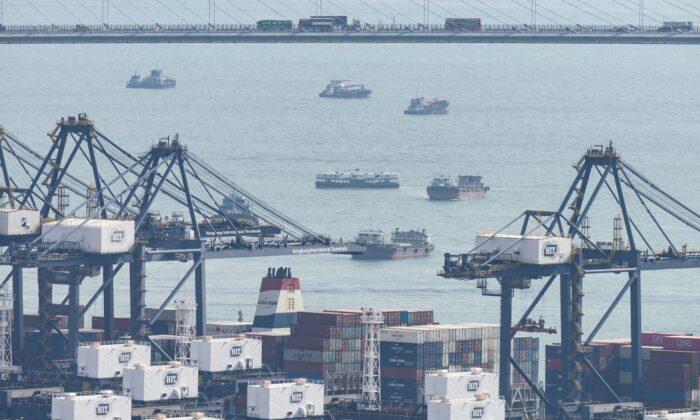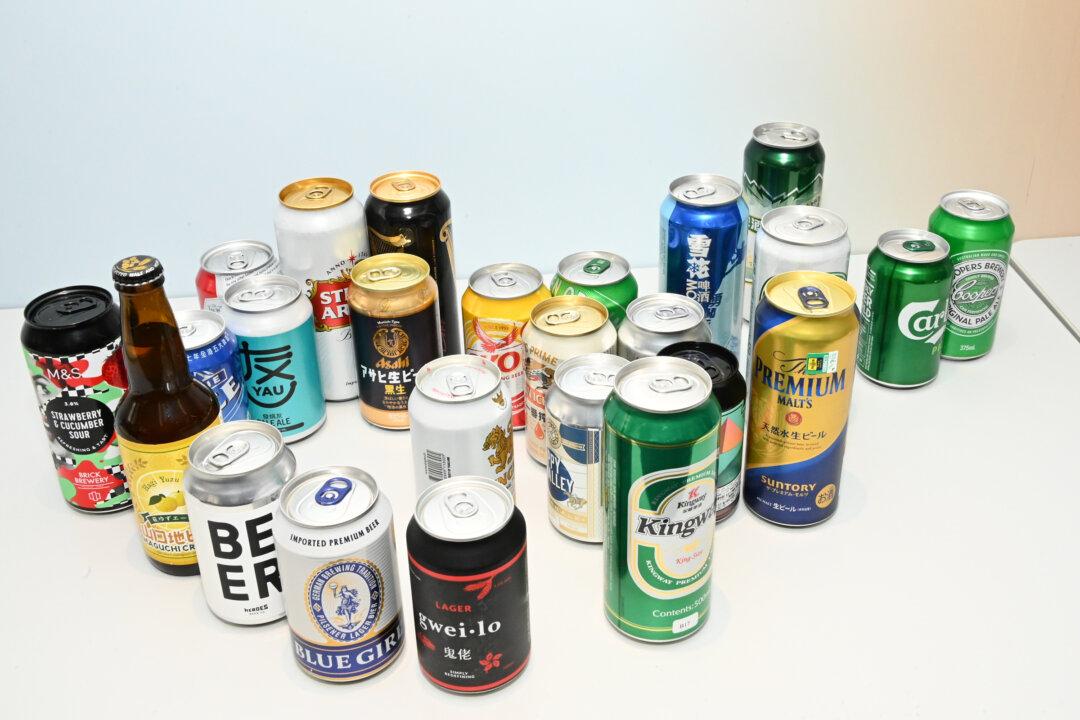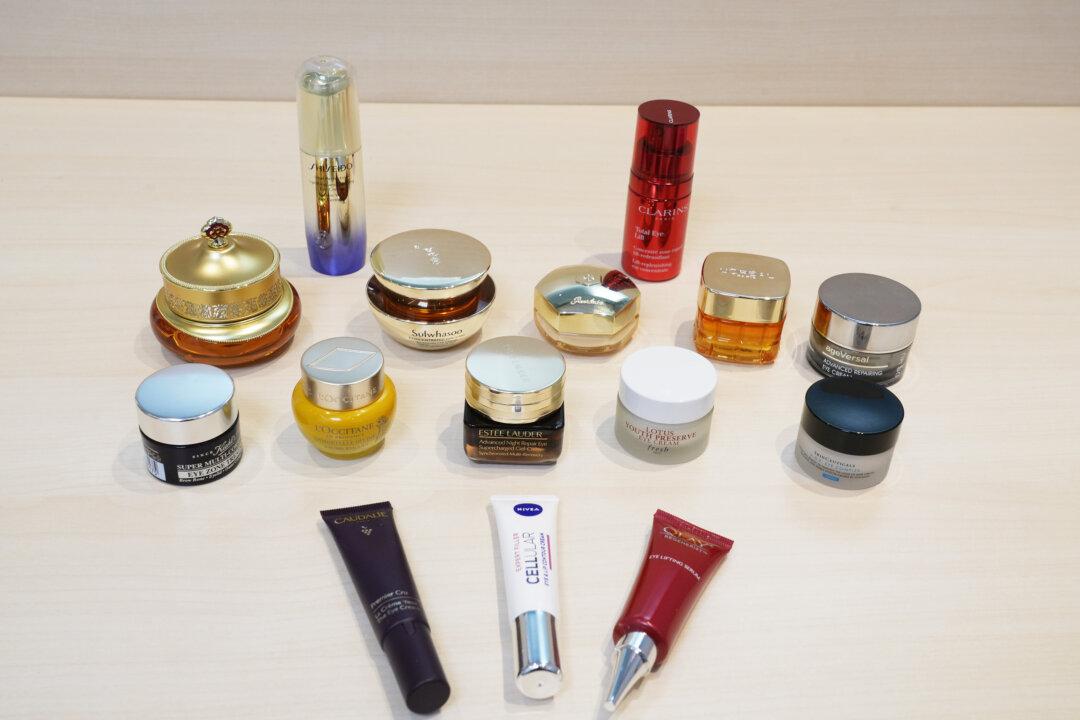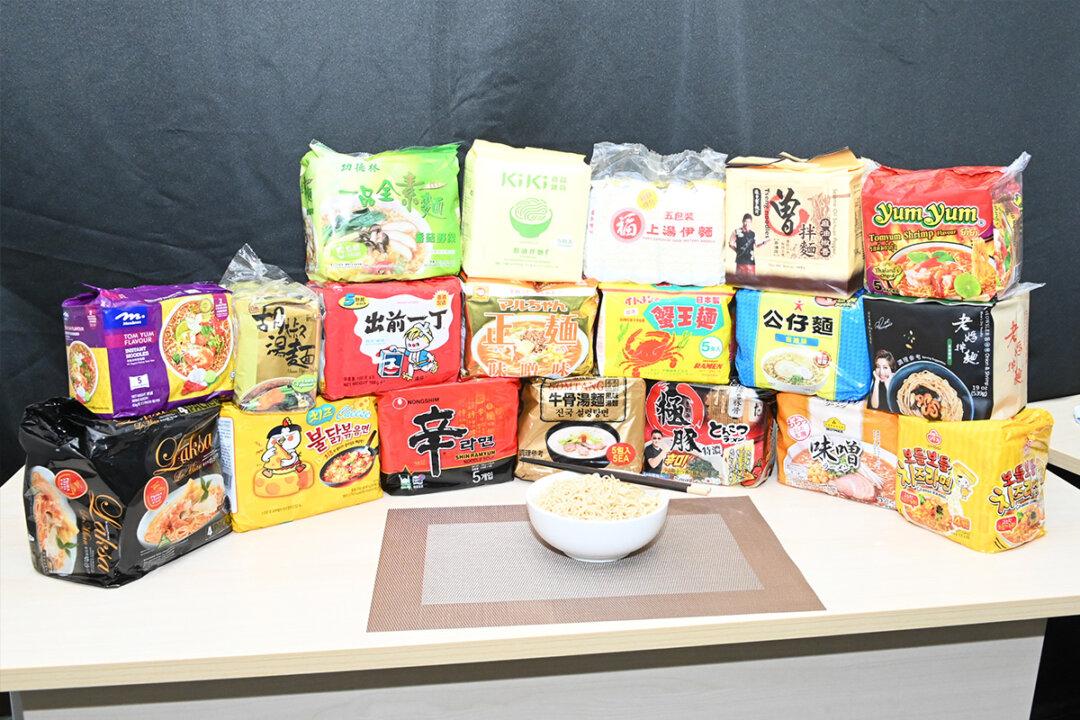Air quality is a top concern for many big cities in the world like Hong Kong and New York. As air pollution becomes worse in the summer, the use of air purifiers may also increase.
LG and Xiaomi Scored Highest
Priced between HK$1,798 ($230.4) to HK$7,880 ($1009.76), all tested air purifiers came with High Efficiency Particulate Air filters which claimed to effectively filter cigarette smoke, dust, viruses, bacteria, and the like. The Council’s test was conducted with reference to the U.S. National Standard ANSI/AHAM AC-1, and Chinese National Standard GB/T 18801, and measured the air purifiers’ purifying performance, quietness, and convenience of use, while the Electrical and Mechanical Services Department was responsible for the safety tests.The Council categorized the air purifiers into three groups based on their claimed applicable room sizes: the first group ranged from 646 to 1,000 square feet, the second from 387 to 413 square feet, and the third from 248 to 280 square feet.
Among the 10 brands, only two received the highest overall rating of 4.5 points. They were samples from LG and Xiaomi, priced at HK$2,980 ($381.86) and HK$1,899 ($243.34) respectively.
The Council measured the Clean Air Delivery Rate (CADR) of each brand for particle removal. Brands in the first group showed the fastest average speed of removing particles, at 217.2 cubic feet per minute, followed by the second and third groups. However, within the first group, there was significant variation; the fastest sample purified smoke at a rate 2.7 times faster than the slowest, while the other groups showed similar performances within their own categories.
“The results indicated that most air purifiers with larger applicable room size claims generally had higher CADR values and faster purifying speeds,” reads a statement by the Council.
Nevertheless, with reference to the U.S. National Standard and based on the test results, the applicable maximum room size of the tested brands was estimated to range from 123 square feet to 461 square feet, which is smaller than that claimed by air purifier brands.
Half Brands Super Slow in Formaldehyde Removal
When testing the speed of formaldehyde removal, the Council found a variation of up to 19.2 times between air purifiers.Half of the tested air purifiers (5 models), were especially slow in removing formaldehyde, with a formaldehyde removal rate of lower than 15 cubic ft/min. Comparing among each group, air purifiers in Groups 1 and 3 showed greater variances in purifying speeds, with a difference of 2.6 times and 12.3 times respectively, while those in Group 2 exhibited similar performance with only a 0.59 times difference in speed.
In comparison, all tested brands performed exceptionally well in filtering the H1N1 influenza A virus, with a virus removal rate of over 99 percent after operating for 20 minutes, which even reached >99.99 percent after 1 hour of operation.
The Council noted that test environments differ from daily environments, and viruses can propagate via other means, such as attaching to garments or transmission through droplets.
Air Purifier Brands’ Responses
In response to the Council’s testing results, Philips stated that its air purifier is primarily designed to filter particles, viruses, bacteria, and allergens from the air, not including formaldehyde.b-MOLA argued that its product is not designed according to the U.S. National Standard or Chinese National Standard and focuses only on fast air purification. The brand adopts Nano-Confined Catalytic Oxidation Oxygen Depolymerisation Technology, which focuses on enhancing filtration efficiency and continuous treatment of gaseous pollutants, thus providing comprehensive air purification.
The product can also simultaneously treat a wide range of hazardous pollutants, odours, bacteria, and viruses, and that odours are more commonly seen in the market as volatile organic compounds rather than formaldehyde, according to the company, which suggested that consumers take into account the actual needs and purification performance of air purifiers, such as removal of organic compounds, killing of bacteria and viruses, etc., when purchasing.
Dyson said that a standard rating based only on the speed of purifying pollutants (i.e. CADR) could not reflect the full performance of air purifiers in real-life homes, and pointed out that purification performance should be assessed in terms of intelligent sensing, efficient filtration, and airflow projection, rather than just the speed of purification or the volume of airflow.
The company also stated that both internal and third-party tests measured power that was about 25 percent lower than what the Council had measured, which had a significant impact on the energy efficiency score. The Council stated that power measured during the air purification test is similar to the rated power of the sample.
The Electrical and Mechanical Services Department conducted safety tests on the air purifiers and found shortcomings in the instruction manuals of three brands, mainly lacking certain warning statements or explanations. Two brands included only simplified versions of the operation manual, and two brands did not indicate the installation direction of the filters.
The Council therefore urged manufacturers to adopt the CADR 1 value as used in test standards to indicate their products’ air purifying performance. Consumers were also reminded to consider not just the price of the product, but also the frequency and cost of replacing filters when making a purchase.
The key to air purifiers lies in their filters. Recommended filter replacement times of these samples ranged from as short as six to 12 months to as long as 10 years. Calculating the filter costs over the first 10 years, total costs ranged from HK$2,600 ($333.19) to HK$12,412 ($1590.59). One brand had a shorter recommended filter replacement time, costing HK$7,524 ($964.2) over the first 10 years if replaced every six months.
In regards to the testing, the Hong Kong Medical Association recommended the public not depend entirely on air purifiers for disease prevention, but also be mindful of maintaining good personal hygiene habits.
“Individuals with asthma or allergies should adhere to their doctor’s guidance on taking medication to manage their conditions, as air purifiers cannot fully relieve symptoms,” reads the report, which also suggests the public enhance indoor air quality and replace filters regularly.






